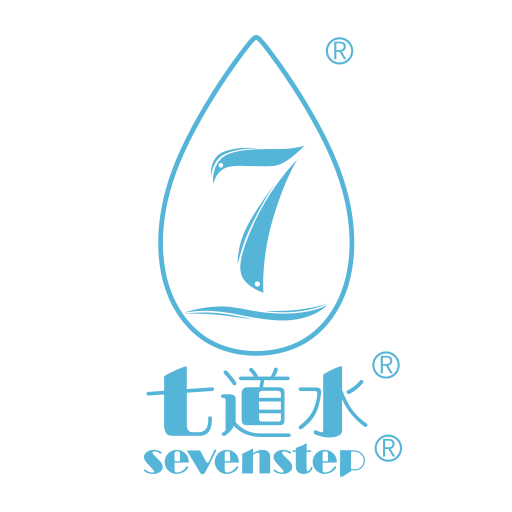The Various uses of sterilization and disinfection: Ensuring Safety and Hygiene
When it comes to maintaining a clean and safe environment, sterilization and disinfection play crucial roles. These two processes are vital in preventing the spread of harmful microorganisms and ensuring the health and well-being of individuals. In this article, we will explore the many uses of sterilization and disinfection, highlighting their significance in various fields and settings.
1. Healthcare Settings: Protecting Patients and Healthcare Professionals
In healthcare settings, such as hospitals, clinics, and dental offices, the use of sterilization and disinfection is of utmost importance. These practices help prevent the transmission of infectious diseases and maintain a safe environment for patients and healthcare professionals alike. Sterilization is commonly used for surgical instruments, medical devices, and equipment, ensuring that they are free from any microorganisms that could cause harm.
2. Food Industry: Ensuring Food Safety and Preventing Contamination
In the food industry, proper sterilization and disinfection protocols are vital to prevent foodborne illnesses and ensure the safety of consumers. Food processing plants, restaurants, and commercial kitchens must adhere to strict hygiene practices to eliminate any bacteria, viruses, or parasites that may be present on surfaces, utensils, or food products. By implementing effective sterilization and disinfection methods, the risk of food contamination can be significantly reduced.
3. Water Treatment: Purifying Water Sources
Water is a fundamental resource for human survival, and its quality must be maintained to prevent the spread of waterborne diseases. Sterilization and disinfection processes, such as chlorination and ultraviolet (UV) treatment, are commonly used in water treatment facilities to eliminate harmful microorganisms, including bacteria, viruses, and parasites. These methods ensure that the water supplied to households and communities is safe for consumption.
4. Laboratory Settings: Maintaining Sterile Conditions
In laboratory settings, maintaining sterile conditions is essential for accurate research and reliable results. Sterilization and disinfection are crucial to prevent cross-contamination and ensure the integrity of experiments. Laboratories often use autoclaves, chemical disinfectants, and UV sterilizers to eliminate any potential sources of contamination.
5. Veterinary Care: Safeguarding Animal Health
Veterinary clinics and animal care facilities also rely on sterilization and disinfection to protect the health of animals under their care. These practices help prevent the transmission of infectious diseases between animals and ensure a safe and hygienic environment for veterinary professionals and pet owners. Sterilization methods, such as steam sterilizers and chemical disinfectants, are commonly used to sanitize surgical equipment and animal enclosures.
6. Beauty and Wellness Industry: Ensuring Sanitary Practices
In the beauty and wellness industry, where personal hygiene and customer safety are paramount, sterilization and disinfection are essential. Nail salons, spas, tattoo parlors, and hairdressing salons must follow strict sterilization protocols to prevent the transmission of infections and maintain a clean environment. Properly sterilized tools and equipment, such as nail clippers, tattoo needles, and hairdressing scissors, are critical for customer safety.
7. Public Transportation: Protecting Commuters
Public transportation systems, such as buses, trains, and airplanes, serve as breeding grounds for various microorganisms due to the high volume of passengers and frequent contact with surfaces. Regular sterilization and disinfection of these vehicles are necessary to minimize the risk of spreading infectious diseases among commuters. Surfaces, handrails, seats, and other frequently touched areas should be thoroughly cleaned and disinfected to ensure passenger safety.
8. Childcare Facilities: Promoting a Healthy Environment
In childcare facilities, maintaining a healthy and hygienic environment is crucial to prevent the spread of illnesses among young children. Sterilization and disinfection methods are employed to eliminate germs and reduce the risk of infections. Toys, cribs, high chairs, and other frequently used items should be regularly sterilized to safeguard the health of children and childcare providers.
9. Tattoo and Piercing Studios: Minimizing Infection Risks
Tattoo and piercing studios must adhere to stringent sterilization and disinfection practices to minimize the risk of infections and ensure client safety. Proper sterilization of equipment, such as tattoo needles and piercing tools, is essential to prevent the transmission of bloodborne pathogens. Disinfection of surfaces and workstations further reduces the risk of contamination.
10. Residential Settings: Maintaining Hygienic Living Spaces
Even in residential settings, sterilization and disinfection are crucial for maintaining hygienic living spaces. Regular cleaning and disinfection of surfaces, kitchen utensils, and bathroom fixtures help eliminate harmful microorganisms that may cause illnesses. Sterilization methods, such as steam cleaning and chemical disinfection, can be used to ensure a safe and healthy home environment.

